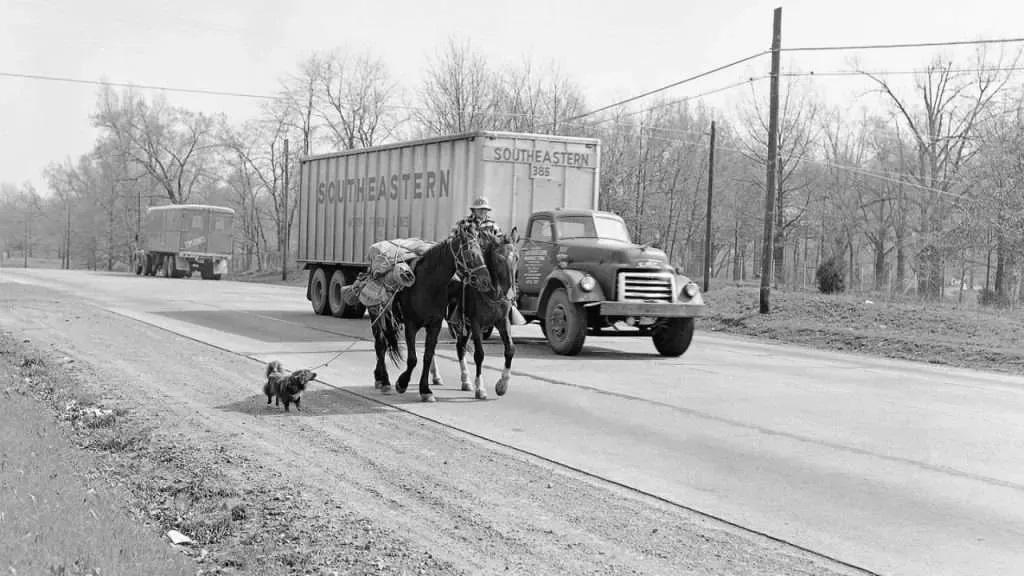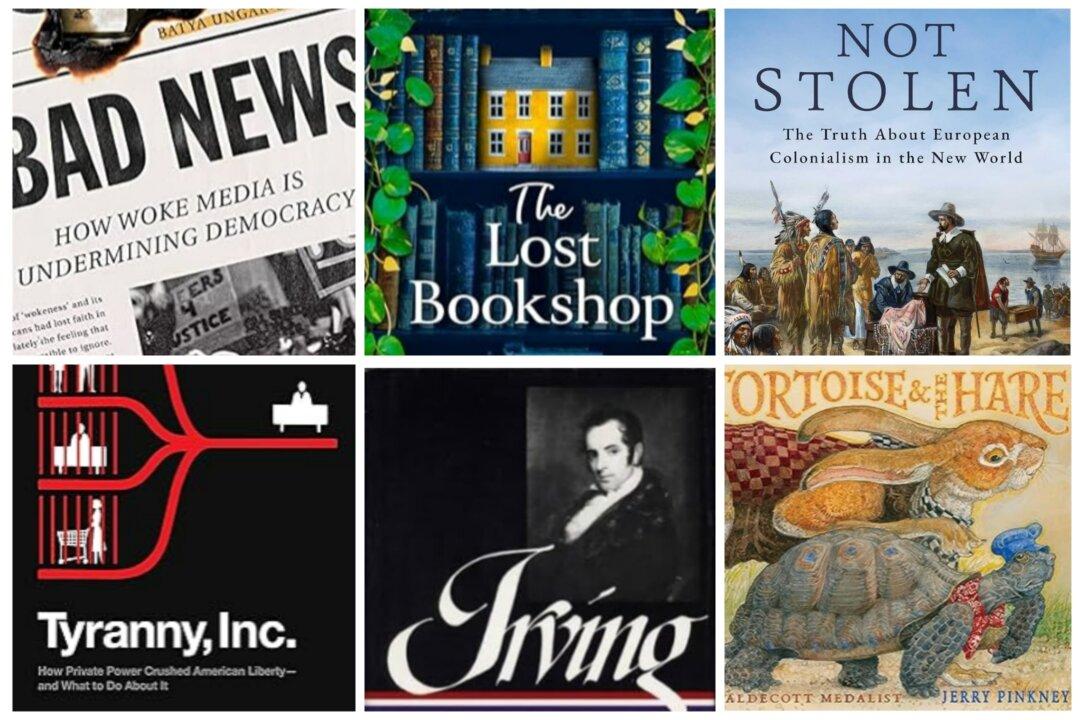I grew up on the West Coast, so I am familiar with the blue waters of the Pacific Ocean. I haven’t been to Maine, but I have traveled as far north from Virginia to New Hampshire. For me, the idea of traveling a scenic land route from one end of the United States to the other is enchanting if done by train or car—but via horse? And I am a horse lover.
This true, triumphal tale takes the reader right along with 63-year-old Annie Wilkins, who in 1954 decides that she would do what her mother hadn’t been able to accomplish in her lifetime: see the Pacific Ocean. She’s now living on a fragile farm in Minot, Maine.






